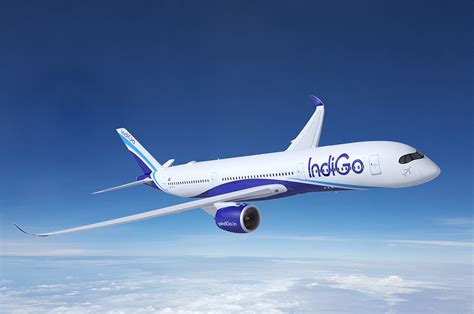
2024 07 18 131405 scaled
Alaska Air Group, Inc. reported its second-quarter results yesterday. The company had a difficult first quarter after the door panel blowout on a 737 MAX 9 aircraft in January but has recovered during the second quarter, albeit with mixed results. The carrier lost $132 million in the first quarter but earned $220 million in the second quarter, down from $240 million year over year.
Boeing paid $160 million during the second quarter as compensation for the door panel blowout and costs associated with the three-week grounding of its MAX 9 fleet after the incident.
Operating revenues grew 2% to $2.897 billion but missed the Wall St. consensus of $2.945 billion. Adjusted earnings per share of $2.55 beat the consensus of $2.39 but was well below the $3.00 in the same quarter year-over-year.
Alaska’s outlook for the rest of the year was muted, with flat to slightly positive revenue growth. A key for Alaska is the premium market, and the carrier is planning to expand its premium seating layouts to help increase yields. CEO Ben Minicucci stated, “It’s clear that premium airlines are rising above the rest of the industry, and Alaska’s product and performance put us in that top tier, with a strong long-term outlook to grow and compete.”
The planned acquisition of Hawaiian Airlines is progressing, with Alaska Airlines providing a second set of documents to the Department of Justice. The companies remain in communication with anti-trust regulators and expect this $1.9 billion transaction to be approved.
Negotiations with the flight attendants on a new contract have been completed, with a ratification vote expected in August. Notably, this contract is the first to enable flight attendants to be paid while passengers are boarding instead of only at traditional block-to-block times, and it could set a new standard for the industry.
The Bottom Line
Alaska remains well positioned to execute its strategy of a premium airline concentrated in the Pacific Northwest and Western US. With the forthcoming Hawaiian merger, new domestic and international revenue opportunities appear promising for the long term, but short-term prospects remain muted for the remainder of 2024.
Views: 2




